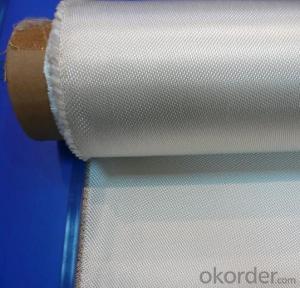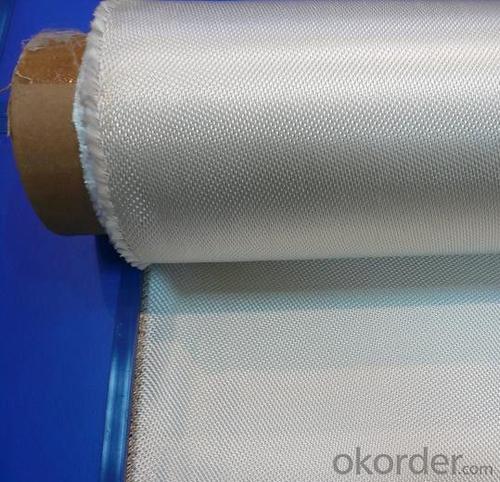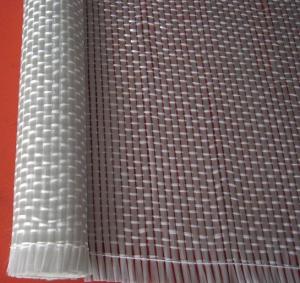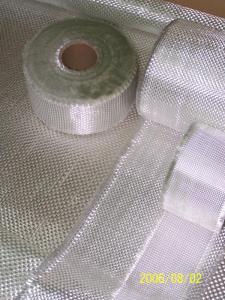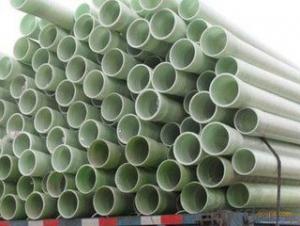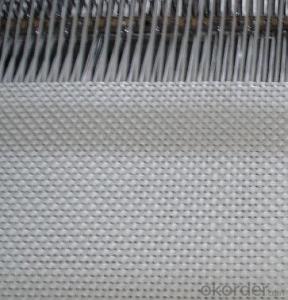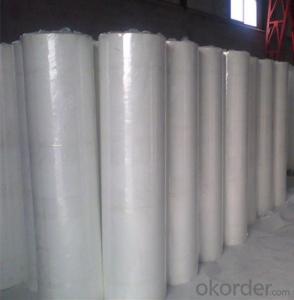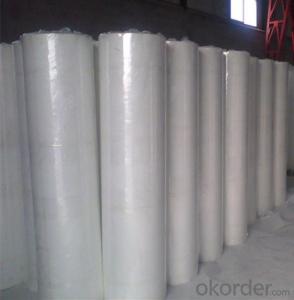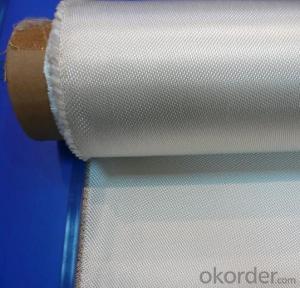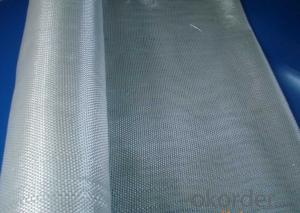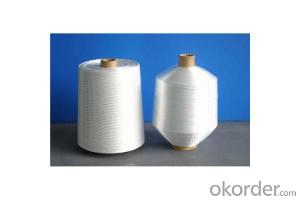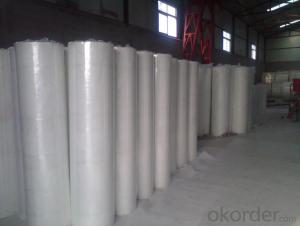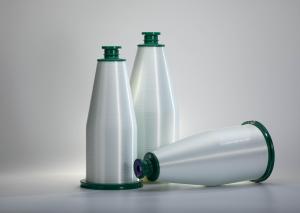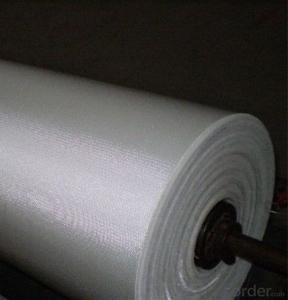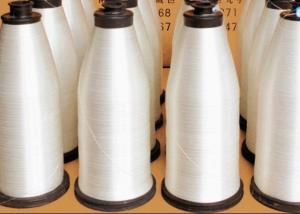Fiberglass Yarn Reinforced Fiberglass Fabric for Sound Absorption ISO:9001
- Loading Port:
- Shanghai
- Payment Terms:
- TT OR LC
- Min Order Qty:
- 500 m²
- Supply Capability:
- 50000 m²/month
OKorder Service Pledge
OKorder Financial Service
You Might Also Like
Fiberglass Fabric for Sound Absorption ISO:9001
Fiberglass Fabric Introduction:
Fiberglass fabric is weaved by high quality fiberglass,as a kind of engineering material,which is
many excellent characteristics:
flame-resisting,corrosion resistant,high strength,heat resistance.stable structure,good chemical resistance,durability.
Fiberglass Fabric Features:
Warp and weft yarns are parallel arrangement as flat situation, with uniform tension;
Fiber is aligned with large consistency, stable and easy operation;
Good moldability, fast and complete wet out in resins, resulting in high productivity;
Good transparency and high strength of composite products.
Fiberglass Fabric Specification:
mark | Fiber consistency(ends/ cm) |
Area weight (g/ m2) |
Thick-ness (mm) |
Width (cm) |
Length (mm) | Breaking strength(N)≥ |
weave | |||
Warp direction | Weft direction | Warp direction | Weft direction | |||||||
EW200 | 16 | 12 | 200±20 | 0.2 | 90-130 | 300-1200 | 980 | 980 | ||
EW210 | 16 | 12 | 200±20 | 0.21 | 90-130 | 300-1200 | 1080 | 1080 | Twill weave | |
Plain weave | ||||||||||
EWR360 | 3.2 | 1.8 | 354±18 | 0.35 | 50-300 | 100 | 2000 | 2000 | ||
EW280 | 16 | 10 | 280±28 | 0.26 | 90-130 | 300-1200 | 1800 | 1800 | ||
EW300 | 14 | 10 | 320±32 | 0.3 | 90-130 | 300-1200 | 1500 | 1500 | ||
EW430 | 20 | 12 | 420±42 | 0.43 | 90-130 | 300-1200 | 2000 | 2000 | Broken twill | |
EWR136 | 10 | 10 | 136±13 | 0.136 | 100 | 200 | 850 | 850 |
Plain weave | |
EWR200 | 8 | 7 | 200±20 | 0.21 | 100 | 200 | 1200 | 1200 | ||
EWR400 | 3.6 | 3.2 | 400±30 | 0.4 | 100 | 50-100 | 2500 | 2500 | ||
EWR600 | 2.6 | 2.5 | 600±50 | 0.6 | 100 | 40KG | 4000 | 4000 | ||
EWR580 | 2.5 | 2.3 | 576±29 | 0.58 | 100 | 40KG | 3850 | 3850 | ||
EWR800 | 1.8 | 1.8 | 800±60 | 0.8 | 100 | 40KG | 4600 | 4600 | ||
Product Show

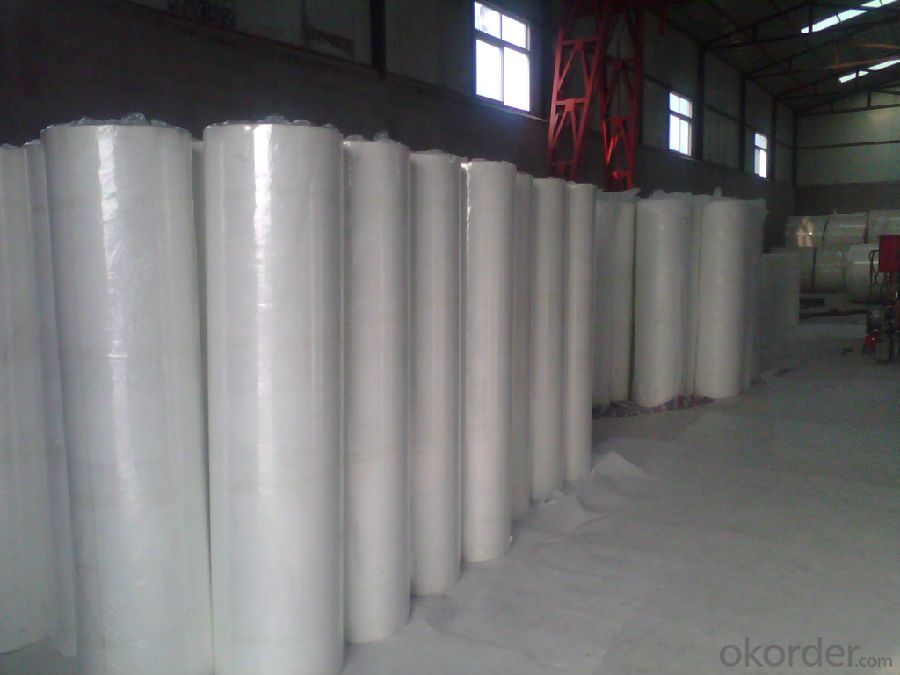
Fiberglass Fabric Usage:
E-glass woven roving is a schistose double faces reinforcement fabric that is weaved into from roving in directly.
E-glass fiber fabric (thin fabrics with thickness from 0.025 to 0.09mm) is suitable for electrical isolation mica product, wax cloth as the reinforcement materials.
E-glass woven roving applys to all kinds of polyester reinforcement system, (such as unsaturated polyester resin, vinylite,epoxy resin and phenolic resin.
E-glass woven roving is a high performance reinforcement material. It is widely used in hand lay-up and machinery processing products, (such as vessel, container, airplane and vehicle component, furniture, athletic facilities and other industry.
FAQ
1.Package of Fiberglass Fabric?
Fiberglass fabric is wound on a paper tube with inner diameters of 50. 8, 76 or 152mm. Each roll is wrapped in a plastic bag, then to be packed in a carton box. The rolls are to be horizontally placed.
Width (cm): 90, 100, 127
Length (m): 100, 200, 300, 400
2.Storage of Fiberglass Fabric?
Store rolls in a cool, dry location
Protect rolls from weather and other damage.
3.If sample available if needed?
We aim to offer our customer best Products&Service,samples are allowed if necessary.
- Q: Can fiberglass yarn be used in the production of insulation batts?
- Yes, fiberglass yarn can be used in the production of insulation batts. It is a common material used for its insulating properties and is often woven or laid out in batt form for easy installation in buildings.
- Q: Is fiberglass yarn suitable for making boat hulls or decks?
- Yes, fiberglass yarn is commonly used in the construction of boat hulls and decks. Fiberglass yarn is made from thin strands of glass fibers that are woven together to form a strong and durable material. It is known for its high strength-to-weight ratio, excellent resistance to corrosion, and ability to withstand harsh marine environments. Boat hulls and decks made from fiberglass yarn offer several advantages, including stability, buoyancy, and durability. Additionally, fiberglass yarn can be easily molded into various shapes and designs, allowing for customized boat construction.
- Q: How does the dimensional stability of fiberglass yarn compare to other materials?
- The dimensional stability of fiberglass yarn is generally higher compared to other materials.
- Q: How does the surface finish of fiberglass yarn affect its handling?
- The surface finish of fiberglass yarn plays a significant role in determining how the yarn handles during various manufacturing processes. The surface finish refers to the treatment or coating applied to the fiberglass yarn to enhance its performance and functionality. A smooth surface finish on fiberglass yarn can have several benefits. It allows for better handling and reduces friction, making it easier to work with during weaving, braiding, or knitting processes. The smooth surface finish also minimizes the chances of the yarn tangling or snagging, resulting in a more efficient manufacturing process. Additionally, a smooth surface finish can improve the yarn's appearance, making it more aesthetically pleasing in the final product. On the other hand, a rough or textured surface finish can alter the handling characteristics of fiberglass yarn. While it may provide better grip or adhesion in certain applications, it can also increase friction and make the yarn more challenging to handle. A rough surface finish may lead to more frequent tangles, snags, or breaks during manufacturing, which can slow down the overall production process. It is important to note that the desired surface finish of fiberglass yarn depends on the specific requirements of the end product. Different industries and applications may require different handling characteristics. For instance, a smooth surface finish may be preferred for textiles or composite materials used in aerospace, automotive, or marine applications, where ease of handling and reduced friction are essential. Conversely, a rougher surface finish may be more suitable for applications that require enhanced adhesion, such as in insulation or construction materials. In conclusion, the surface finish of fiberglass yarn significantly affects its handling during manufacturing processes. A smooth surface finish generally improves handling by reducing friction and minimizing tangles or snags. Conversely, a rough or textured surface finish may have specific benefits in terms of adhesion, but can also increase friction and make the yarn more challenging to handle. The choice of surface finish depends on the specific requirements of the end product and the industry in which it is used.
- Q: Can fiberglass yarn be used in reinforcement of polymer composites?
- Yes, fiberglass yarn can indeed be used in the reinforcement of polymer composites. Fiberglass yarns are made by weaving multiple strands of fiberglass together, creating a strong and durable material. These yarns can be incorporated into polymer composites to enhance their mechanical properties. When used as a reinforcement material, fiberglass yarns provide excellent strength and stiffness to the polymer composite. The high tensile strength of fiberglass makes it an ideal choice for applications requiring structural integrity, such as in the aerospace or automotive industries. Additionally, fiberglass yarns can improve the impact resistance and fatigue life of the composite material. In the manufacturing process, the fiberglass yarns are typically impregnated with a polymer resin, such as epoxy or polyester, to create a composite material. The resin acts as a binder, holding the fibers together and transferring load between them. This combination of fiberglass yarns and polymer resin creates a composite material that exhibits improved mechanical properties over the pure polymer. Furthermore, fiberglass yarns are compatible with various fabrication techniques, such as hand lay-up, filament winding, and pultrusion. This versatility allows for the production of a wide range of composite parts and structures using fiberglass yarns as reinforcement. In conclusion, fiberglass yarns are commonly used in the reinforcement of polymer composites due to their high strength, stiffness, and compatibility with different manufacturing processes. The incorporation of fiberglass yarns enhances the mechanical properties of the composite material, making it suitable for various applications in industries where strength and durability are crucial.
- Q: How does fiberglass yarn affect the sound absorption of a product?
- Fiberglass yarn has a significant impact on the sound absorption of a product. Due to its unique composition and properties, fiberglass yarn is an excellent material for enhancing sound insulation and reducing noise transmission. When used in products such as acoustic panels or insulation materials, fiberglass yarn's structure and texture help to absorb sound waves. The fine fibers in fiberglass yarn create a porous surface that captures and dissipates sound energy as it passes through the material. This absorption process effectively reduces the reflection of sound waves, preventing them from bouncing back into the environment and causing echoes or reverberation. Moreover, the density and thickness of fiberglass yarn can be adjusted to target specific frequencies of sound. By varying these parameters, manufacturers can optimize the sound absorption capabilities of their products in different environments or for specific applications. For instance, thicker fiberglass yarn with higher density is typically used in products designed to absorb low-frequency sounds, such as in recording studios or concert halls. Additionally, the thermal insulation properties of fiberglass yarn contribute to its sound absorption capabilities. As sound waves pass through the material, they encounter the air pockets trapped within the yarn. These air pockets act as insulators, reducing the transfer of sound energy and further enhancing the sound absorption performance of the product. In summary, fiberglass yarn significantly improves the sound absorption of a product by effectively capturing and dissipating sound energy, reducing echoes and reverberation, and providing thermal insulation properties. Its versatility in density and thickness allows for customization to different sound frequencies, making it an ideal material for various applications requiring effective noise reduction.
- Q: Can fiberglass yarn be used in the production of curtains and blinds?
- Yes, fiberglass yarn can be used in the production of curtains and blinds. Fiberglass yarn is a versatile material that offers several benefits for curtains and blinds. It is lightweight, durable, and resistant to heat, fire, and chemicals. Fiberglass yarn is also known for its excellent insulation properties, which can help in maintaining desired temperatures in a room. Additionally, it has a high tensile strength, making it suitable for creating sturdy and long-lasting curtains and blinds. The use of fiberglass yarn in curtains and blinds can provide enhanced privacy, light control, and protection against UV rays. Overall, fiberglass yarn is a reliable and practical choice for the production of curtains and blinds, offering both aesthetic appeal and functional advantages.
- Q: Is fiberglass yarn compatible with different resin systems?
- Yes, fiberglass yarn is compatible with different resin systems. Fiberglass yarn is commonly used as reinforcement in composite materials, and it can be used with various resin systems such as polyester, epoxy, and vinyl ester. The compatibility between fiberglass yarn and resin systems allows for flexibility in choosing the appropriate resin for specific applications and desired properties.
- Q: Can fiberglass yarn be used in medical textiles?
- Yes, fiberglass yarn can be used in medical textiles. Fiberglass yarn is known for its high strength and resistance to heat, chemicals, and moisture. These properties make it suitable for various medical applications, such as wound dressings, surgical gowns, and medical implants. Fiberglass yarn can be woven or knitted into fabrics that provide excellent mechanical support and durability. Additionally, it can be coated or impregnated with antimicrobial agents to prevent infections. However, it is important to note that proper precautions should be taken to avoid any potential risks associated with the use of fiberglass, such as skin irritation or inhalation of fibers.
- Q: How does the diameter of fiberglass yarn affect its performance?
- The diameter of the fiberglass yarn directly affects its performance. Generally, a thinner diameter yarn offers better flexibility, improved tensile strength, and increased resistance to abrasion. On the other hand, a thicker diameter yarn provides enhanced stiffness and higher load-bearing capacity. Therefore, the choice of yarn diameter depends on the specific application and desired performance characteristics.
Send your message to us
Fiberglass Yarn Reinforced Fiberglass Fabric for Sound Absorption ISO:9001
- Loading Port:
- Shanghai
- Payment Terms:
- TT OR LC
- Min Order Qty:
- 500 m²
- Supply Capability:
- 50000 m²/month
OKorder Service Pledge
OKorder Financial Service
Similar products
Hot products
Hot Searches
Related keywords
